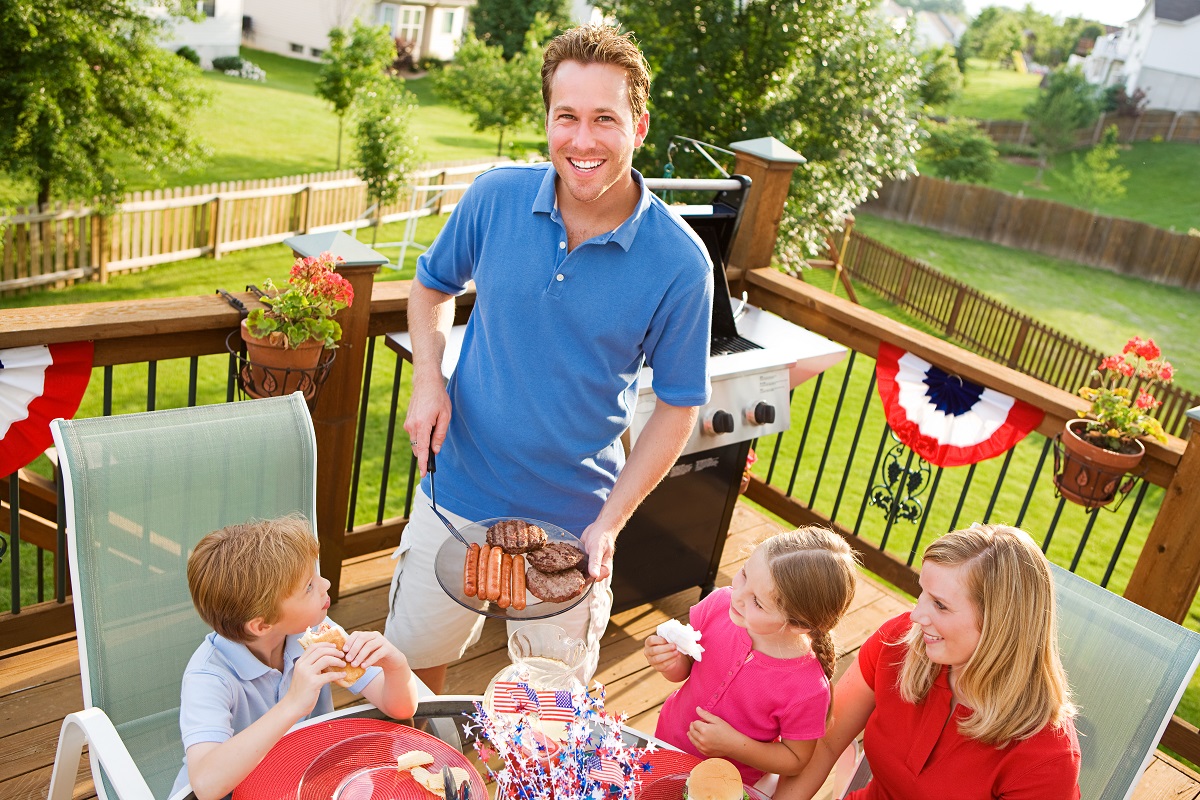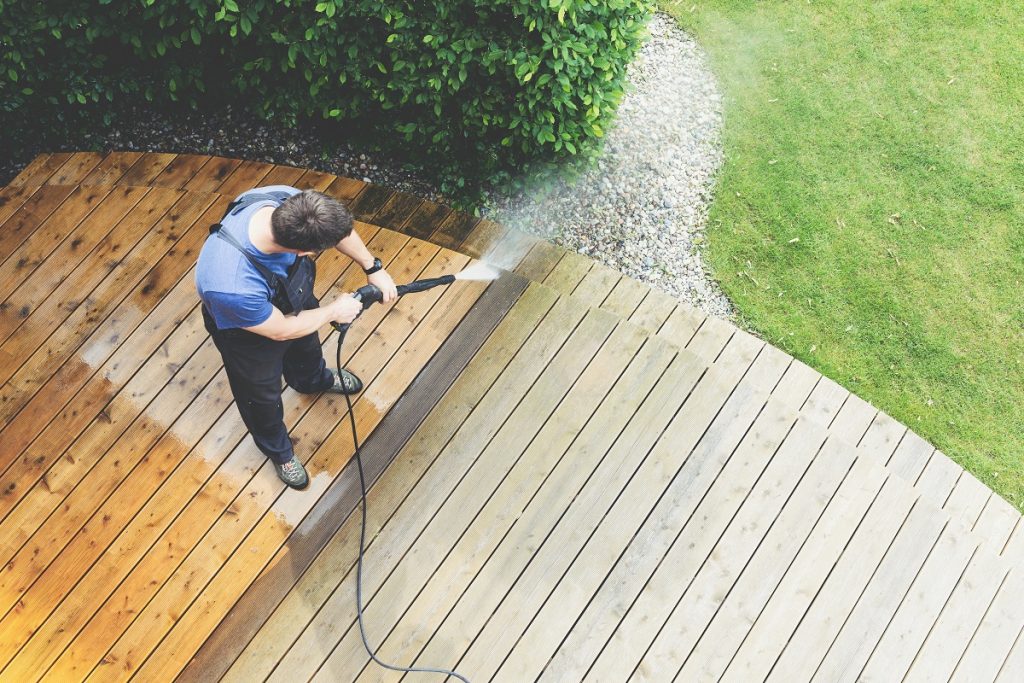Which Type of Waterproofing Is Right for Your Home?

Waterproofing is a crucial aspect of home maintenance that protects your property from water damage and moisture infiltration. There are various types of waterproofing methods available, both external and internal, that can be applied depending on the specific needs of your home. In this blog, we will explore different types of waterproofing techniques and their advantages, helping you choose the right method for your home.
What Is Waterproofing?
Waterproofing is the process of applying specialized materials to a building’s structure to block water entry. This protective measure ensures the property’s longevity by preventing potential problems such as mold proliferation, structural decay, and damage from water infiltration. It’s an essential step in construction and maintenance to safeguard both the aesthetic and functional aspects of a property.
Types Of Waterproofing:
There are several types of waterproofing methods that can be used for residential properties. These include external waterproofing, internal waterproofing, liquid waterproofing membrane, polyurethane waterproofing, cementitious waterproofing, and bituminous waterproofing.
External Waterproofing Method:
External waterproofing is applied on the outer surface of the building to protect it from water intrusion. It involves the installation of a waterproof barrier, such as a membrane, on the exterior walls and foundation of the property.
Internal Waterproofing Method:
Internal waterproofing is done on the inside of the building to prevent water seepage into the interior spaces. It typically involves the use of waterproof coatings, sealants, and drainage systems.
Different Types Of Waterproofing For Home:
There are various commercial waterproofing methods tailored to address the unique needs and challenges of each space. Choosing the right type of waterproofing not only ensures the longevity and safety of the structure but also enhances comfort and value. Let’s delve into the different types of waterproofing solutions suitable for homes.
Liquid Waterproofing Membrane:
Liquid waterproofing membrane is a versatile and easy-to-apply method that provides a seamless protective layer on various surfaces. It is often used on roofs, balconies, and terraces to prevent water leakage.
Polyurethane Waterproofing:
Polyurethane waterproofing is a durable and flexible method that creates a strong barrier against water. It is commonly used for basements, foundations, and areas with high water exposure.
Cementitious Waterproofing:
Cementitious waterproofing involves the application of a cement-based coating on surfaces to create a watertight seal. It is suitable for areas like bathrooms, kitchens, and swimming pools.
Bituminous Waterproofing:
Bituminous waterproofing utilizes bitumen-based materials to create a waterproof barrier. It is commonly used for flat roofs, foundations, and below-grade structures.
What Are The Advantages Of Residential and Commercial Waterproofing:
Residential and commercial waterproofing is an investment that homeowners often overlook, yet its implications are profound. Beyond just keeping a home dry, waterproofing plays a pivotal role in ensuring the structure’s longevity, health, and overall value. With homes being a significant asset for many individuals, protecting them from potential water damage becomes paramount. The benefits of waterproofing extend from tangible financial savings to intangible comforts of living. As we explore the advantages of residential waterproofing, it’s essential to understand its overarching impact on a home’s health, aesthetics, and durability.
Let’s explore the advantages of residential and commercial waterproofing:
Enhanced Property Value:
Proper waterproofing can increase the value of your home as it ensures protection against water damage and extends the lifespan of the property.
Extended Lifespan Of The Home:
Waterproofing helps in preventing structural damage, which can significantly extend the lifespan of your home.
Lowered Maintenance Expenses:
By preventing water-related issues, waterproofing reduces the need for costly repairs and maintenance.
Heightened Comfort Inside:
Waterproofing keeps your home dry and reduces humidity levels, creating a comfortable living environment.
Boosted Safety Measures:
Waterproofing prevents the growth of mold and mildew, which can cause health issues. It also reduces the risk of structural instability due to water damage.
Enhanced Visual Appeal:
Waterproofing methods can improve the appearance of your home by preventing unsightly water stains, peeling paint, and crumbling walls.
Decreased Energy Expenditures:
Waterproofing can enhance insulation and reduce energy loss, leading to lower utility bills.
Which Product Is Right For You
Choosing the right waterproofing product depends on the specific needs and areas of application in your home. Understand each option’s strengths.
Liners: Flexible sheets, often used in basements or ponds, that create a physical barrier against water. They’re typically quick to install and are effective against high levels of moisture.
Membrane: Thin layers, often bituminous or rubber-based, that adhere to surfaces to prevent water penetration. Ideal for roofs or exterior basement walls, offering robust water resistance.
Sealants: Thick, malleable substances used to seal joints or gaps. They’re perfect for preventing water ingress at connection points, like windows or door frames.
Coatings: Liquid applied to surfaces that dries to form a water-resistant barrier. Used on external walls or roofs, they shield against mild to moderate moisture.
How To Choose The Best Waterproofing Methods
Selecting the optimal waterproofing method for your home requires a keen assessment of its unique needs, expert consultation, and considering external factors like climate and potential water exposure. Equally vital is setting a budget and weighing it against the desired outcome. The cornerstone of a lasting waterproofing solution lies in hiring seasoned and trustworthy contractors. Their expertise ensures the durability of the waterproofing, providing peace of mind and a safeguarded property.
More Blog: Finding The Best Balcony Waterproofing & Repair Services
Choosing the Best Waterproofing Contractors in Los Angeles
In Los Angeles, where water damage can be a significant concern, it is vital to select the right waterproofing contractors. Look for licensed and insured professionals with a proven track record in residential waterproofing. Consider their experience, reputation, and customer reviews to make an informed decision.
At Capital Deck & Stair Waterproofing, we understand the pervasive threat of water damage in Los Angeles. Selecting a dependable waterproofing contractor is more than a choice; it’s imperative. As professionals, we emphasize the significance of partnering with licensed and insured experts. Our longstanding experience and unwavering reputation serve as testaments to our expertise. We pride ourselves on our proficiency in residential waterproofing. A glance at our track record and the commendations from our valued customers reveals our commitment to excellence. Trust in us to shield your home from water-related threats, and rest easy with the assurance of working with industry veterans.
Conclusion:
Waterproofing your home is an investment that can protect your property, enhance its value, and provide you with a comfortable living environment. By understanding the different types of waterproofing methods available and their advantages, you can choose the right solution for your home. Consult with professionals and choose reliable waterproofing contractors to ensure a successful and long-lasting waterproofing solution for your home.
The Ultimate Deck Safety Checklist

Decks are great places to unwind, relax, read a book, enjoy meals outdoors, cook on the grill, and more. You need to make sure you and your family are safe and secure on your deck. With people spend more time at home and outdoors, now is a great time to complete our ultimate deck safety checklist.
1. Remove everything from the deck.
To do a proper inspection, you need to remove patio furniture, your grill, and other such things from the deck. You’ll need to do this anyway, at some point, for full deck maintenance and deck waterproofing.
2. Check for mold and mildew.
Just because you don’t see mold and mildew on the top of decking boards, this doesn’t mean it isn’t hiding. You need to look in between the boards and under the deck, on the backside of the boards. Some decks are closer to the ground than others, so this might be a challenge. Don’t forget to check the base of the handrails and railings too.
3. Inspect screws, fasteners, etc.
Verify that all deck screws are tight and any fasteners or other hardware are secure. If you find anything loose, tighten it back up. If they are looking rusty, replace them if possible. If not, sand the rust off before you reseal the deck, and then make sure to apply the paint or sealant over the deck hardware as well.
4. Check for rotting and cracking decking boards, railings, supports, etc.
Wood rot occurs when decks aren’t sealed annually. The wood will feel soft if it has been oversaturated with water. When it dries out, it becomes brittle and cracks. Replace any rotting or cracking parts of the deck. If the deck is more than 10 years old, then it is better to just replace the deck with a new one.
5. Inspect the deck supports.
If your deck is elevated off the ground, you need to check the deck supports for mold, mildew, rot, cracks, and so on. If the supports seem wobbly, then you will want to call a professional to have the supports replaced so the deck doesn’t come crashing down when you and your family are on it.
6. Inspect the stairs.
Verify the boards on the stairs are secure and safe. Grab handrails and gently move back and forth to confirm they are not loose. If they move more than a quarter of an inch, in either direction, something is wrong that needs to be repaired.
7. Check all electrical wiring, lighting, and the gas line.
Make sure all electrical outlets are working correctly. If you have exposed electrical wiring, verify the insulation is not cracked and that there is no exposed metal wiring. If you had a gas line connected to your grill, confirm there are no gas leaks by rubbing dish soap on the gas pipe and turning the gas on. If the soap starts to bubble, it means there is a leak.
8. Detail clean the deck.
Wash down the entire deck, including the decking boards, railings, handrails, steps, etc. You can use a power washer as long as you plan on resealing or repainting the wood once it is dry. At least once a month, make sure to sweep the deck off and rinse it down, using a garden hose to remove dust, dirt, and debris.

9. Waterproof the deck flooring.
After the deck has been fully inspected, repairs have been made, and it has been detailed cleaned, the last step before putting everything back onto the deck is to waterproof the deck flooring. Waterproofing protects the wood from rot. Certain waterproofing agents are also mold- and mildew-resistant. Some even offer anti-slip protection.
By using our checklist, you will be all set to enjoy your deck all summer long! For deck waterproofing in Los Angeles and Orange County, please feel free to contact Capital Deck & Stair at (888) 508-2966 today!
RECENT POSTS
categories
- Uncategorized
- Waterproofing
- Stair Tread Replacement
- FAQ
- Balconies
- Precast Iron Stairs
- Outdoor Stairs
- Leisure Deck
- Deck Resurfacing
- Pool Decks
- Deck Maintenance
- Deck Staining
- Deck Materials
- Nonslip Deck Coatings
- Fiberglass Stairs
- Gardening
- Deck Repair
- Patio Waterpoofing
- Commercial waterproofing
- Concrete Waterproofing
